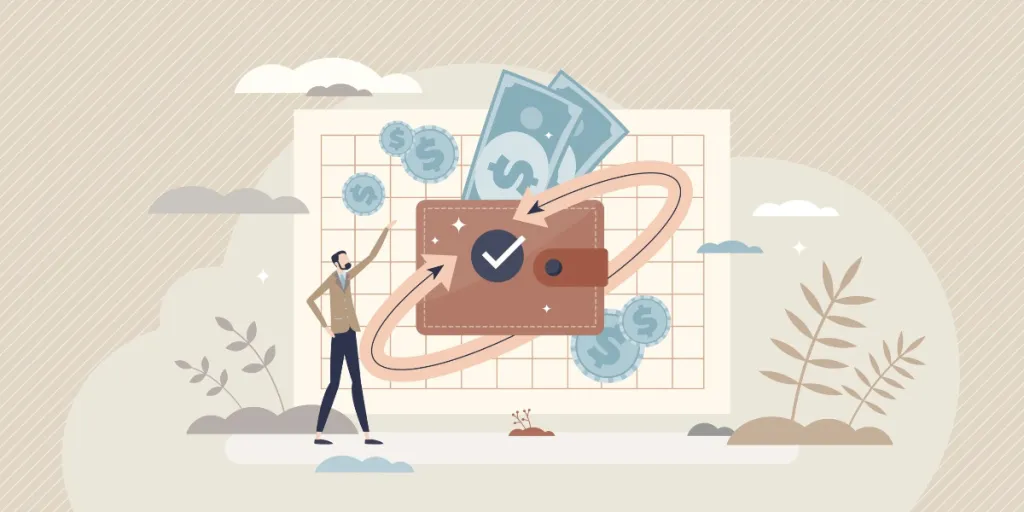In recent years, consumers have turned to online shopping more frequently, discovering new ways to handle the products they receive. Unable to experience the goods in-store, online shoppers became more comfortable with returns.
Today, consumers see returns as a key part of the shopping process and expect brands to accommodate their needs. But as returns increased, fraudsters found a way to take advantage of consumers unfamiliar with the process and returns fraud has increased.
So, how can businesses navigate the new returns fraud landscape while providing exceptional online customer experience?
Charting the surge of online returns
In 2020, the most commonly purchased items online in Europe were clothes, shoes, or accessories, which were ordered by 64% of online shoppers, according to Eurostat’s 2020 Community survey.
Retrospectively, in Q4 of 2020, women’s clothing saw the highest returns rate of 23%. It was followed by footwear (20%) and men’s clothing (14%). These are goods that couldn’t be tried in-store and required a closer inspection at home before making the final decision about the purchase, hence the peak in returns.
The cost of returns
While returns are a sought-after option for consumers that equips them with confidence about the shopping experience, retailers are telling a different story.
As returns boomed, businesses were presented with higher annual losses due to the associated shipping costs and free delivery they offer. Moreover, inflation is adding another layer of economic uncertainty for consumers, who are becoming more cautious with the purchases they make and the items they decide to keep.
For example, ASOS’ annual pre-tax profits in the UK for 2022 are expected to be £50–£80mn lower than earlier projected due to returns spurred by inflation.
“What is now clear, based on the significant increase in returns rates that we have seen, is that this inflationary pressure is increasingly impacting our customers’ shopping behaviour,” said Asos’ chief operating officer Mat Dunn.
Moreover, returns are taking their toll on warehouse space. Warehouses in the UK are already short of capacity, and the high volume of returns means that there is additional legwork required to get pre-owned items repackaged and ready to be resold again.
Mitigating the cost of returns
In an attempt to mitigate the rising costs due to returns, businesses are resorting to new methods.
“Businesses have already admitted to increasing the cost of their items to balance out their revenue loss as a result of returns,” said Claire Leech, managing director of DPack.
Some brands, such as Zara and Boohoo, have introduced return fees for online returns in order to discourage them. Nevertheless, that has been negatively met by shoppers. According to Signifyd’s ecommerce fraud report, 56% of shoppers are reluctant to buy from retailers that have return fees. The percentage is even higher in France and Italy – 77% each.
Free delivery and free returns
While some businesses are cutting returns costs through fees and higher prices, others are choosing to stay on the good side of customers and offer free delivery and free returns with the hopes of increasing loyalty.
Not only are return fees unpopular with shoppers, but research finds that consumers in the UK, France and Italy prioritise free returns as a key element of a good return experience. Immediate return, the provision of a return label and the lack of additional fees for restocking were also indicated as key factors.
Free returns are often perceived as an indicator for the quality of the products, as it shows that the brand is confident enough in them to offer free returns.
The face of return fraud
With the rise in online returns, fraudulent returns are spiking as well. As Strong Customer Authentication (SCA) adds another layer of friction to the checkout process and makes it harder for fraudsters to penetrate, fraud rings are looking for other ways to take advantage of the shopping journey.
Some of the ingenuities fraudsters come up with are quite devious.
“Some favourites are, you know, sending those cans of baked beans that weigh similar to a PlayStation that they bought,” said Ollie Marshall, managing director of UK electronics giant Maplin.
Others include claiming that an item that arrived has never arrived or that the item didn’t match the product description or was damaged on the way. Signifyd data shows that there was a 35% increase in false claims that an item never arrived in 2022 in Europe and a 68% increase in false claims about the condition of a product.
Nevertheless, retailers can take certain steps to protect their business from fraudulent attacks. By utilising machine learning and partnering with a fraud solution provider, they can detect fraudulent transactions and approve more good ones. That way, they’re closing the door for potential fraudulent returns.
As returns are a key element for a good customer experience, retailers need to find the balance between protecting their business from those who might take advantage of returns and providing a good returns experience for customers.
Source from Retail-insight-network.com
Disclaimer: The information set forth above is provided by Retail-insight-network.com independently of Alibaba.com. Alibaba.com makes no representation and warranties as to the quality and reliability of the seller and products.




